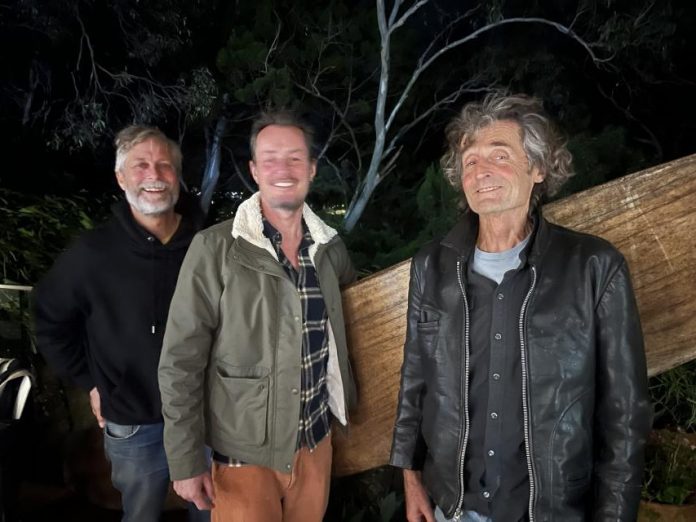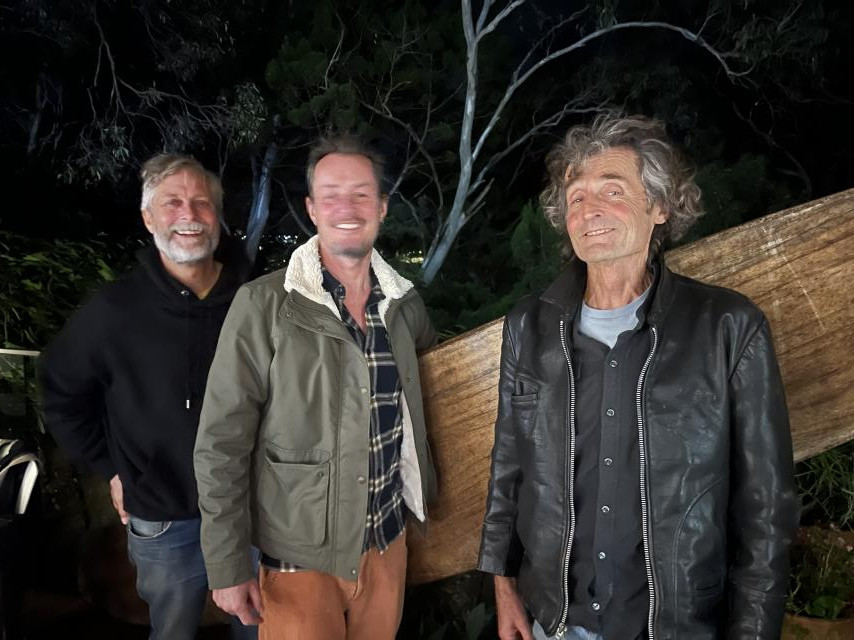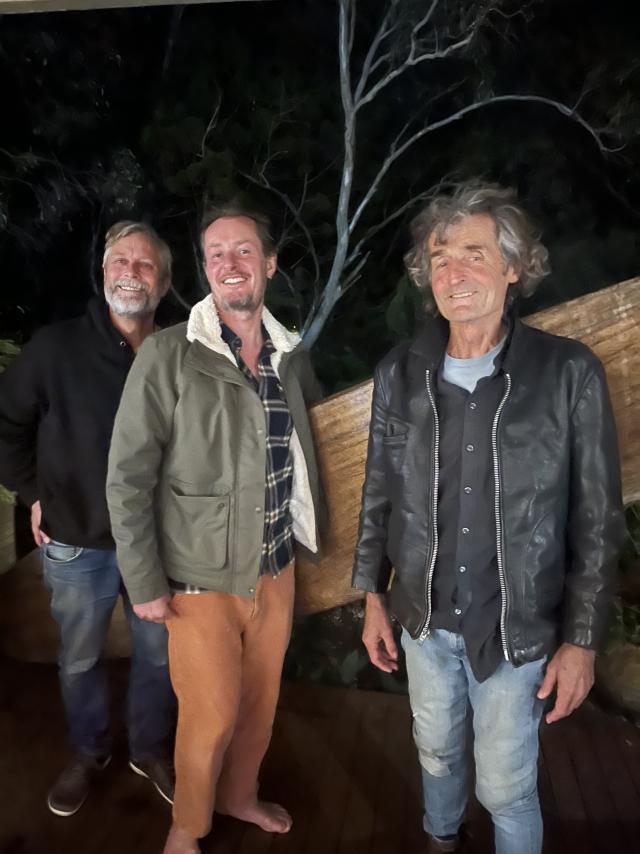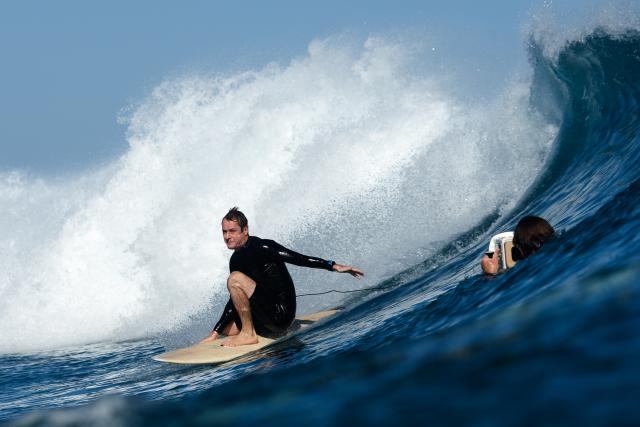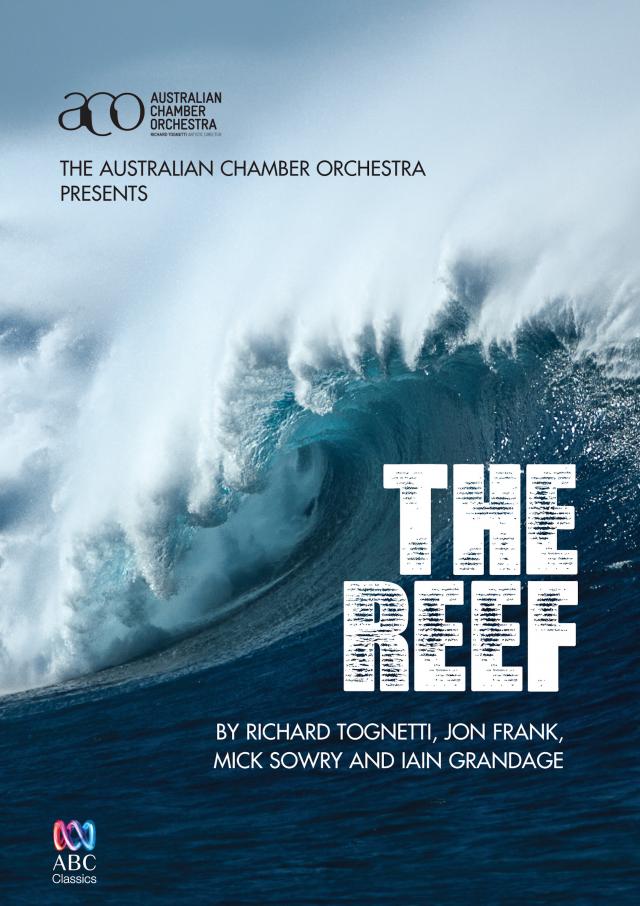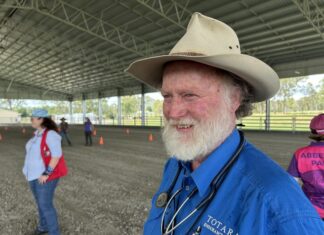Recently I stumbled on one of those silly things that pop on Facebook asking you to nominate your favourite this or that.
I usually ignore them but this one had a trail of responses a mile long, many of them from friends or acquaintances in the wonderful world of surfing.
The question? Nominate the surf movie that most inspired you. A lot of the Aussies voted for Morning of the Earth, and if I hadn’t seen it too many times, it probably would have got my vote too.
Instead I nominated a rather obscure film from 2008 called Musica Surfica, partly because I’d recently watched it again and been mesmerised by the sheer audacity of the concept even more so than I was 15 years ago, and partly because it seemed to sum up a brief and magical time when orchestral music and free friction surfing collided in an orgasmic embrace of possibility. And then, pop – it was gone.
“Not so,” says virtuoso violinist, artistic director of the Australian Chamber Orchestra and stoked finless surfer Richard Tognetti, in Noosa with partner and fellow violinist Satu Vänskä for an ACO gig at Noosa Alive.
In a tone of spirited authority, Richard continues: “It’s not true that the fusion of quality music and surfing has disappeared. If you look at the Florence brothers’ [John John and Nathan] clips they often use classical orchestral music. They don’t use what we would call pure classical music but it’s possibly AI-designed music based on baroque sequences similar to Vivaldi and Bach. I hate the term classical music, by the way.
“To me it means shut up and listen music. Music isn’t just about making you feel good, it’s about taking you places that you didn’t think you could go to, and that was what Musica Surfica tried to do.”
We’ll get back to that fabulously animated conversation over dinner and drinks, but first let’s look at the origins of Musica Surfica.
There has always been an interesting if sometimes uneasy relationship between popular music and surf film, or at least since the birth of rock and roll and the arrival of the finned surfboard in the 1950s.
The earliest American films favoured the cool jazz of players like Dave Brubeck, but by the time surfing boomed in the early ‘60s, surf had a genre of its own, led by the vocals of the Beach Boys and the Delltones and the twangy guitar of Dick Dale and Rob EG. Later surf film-makers became famous for pirating whatever music they wanted, from Jimi Hendrix to Paul McCartney, often with disastrous financial consequences.
Roll on to the new century, when rarified sections of surf and music were beginning to experiment with the boundaries of possibility. In surfing, this was exemplified by the rise of finless surfing, either on traditional Hawaiian wooden alaia boards carved by a Noosa-based Californian called Tom Wegener, or on the Free Friction foam boards pioneered by former pro surfer Derek Hynd. In music it was exemplified by a new free-form fusion of elements of folk, jazz and the classics. In the middle of it was Richard Tognetti, who was mentored in free form surfing by Derek Hynd, but paved the way with the ACA in new approaches to quality music.
All roads led to Musica Surfica, and to starkly beautiful King Island, where it was mostly filmed. The film was a collaboration between the wonderfully sensitive surf film director Mick Sowry, Tognetti, Hynd, Wegener and adventurous surfers like Tom Carroll and Belinda Baggs. The crew surfed and filmed all day, then played music and filmed by night, inviting locals to be their audience at a classic old dairy shed found by Hynd. The music and the surfing explored the limits of possibility, and while not always pretty, it was always wonderful.
Film and live music production vehicles like The Reef followed and in 2010 we brought a scaled down ACO to Noosa to play at the festival of surfing, where torrential rain threatened the marquee but the show went on and thrilled us all.
Getting the old band together again in Noosa was Tom’s idea. Fortunately there was a bit of surf that week too. Derek drove up from Byron, and we gathered at Richard and Satu’s renter a couple of nights before their Alive concert. What transpired was a hoot, but one with unforeseen consequences.
Richard was on song: “I’ll tell you about Musica Surfica. It wasn’t about setting the mainstream alight, it was more oblique than that, and I think in some ways it worked. I’ll give you an example.
“During Covid we were meant to be doing a US tour but it was cancelled and we went to Bellingen instead. What a blessing! It was like an old-fashioned country tour, but when we got to Bellingen it was really emotional because we performed Musica Surfica for an audience of 200 kids.
“The Bellingen Youth Orchestra joined us on stage and they were just amazing.
“That was driven by the legacy of Musica Surfica. It’s what they call the Stendhal experience.”
I kind of knew where he was going, but he was on such a tear that I made a mental note to look it up later. Stendhal Syndrome: a psychosomatic condition brought on by exposure to an embarrassment of artistic riches.
Tognetti continued: “Look at this place, Noosa. We know it’s been saved by people like Michael Gloster and now Tom Wegener (laughter). We know that but for people like them it would be full of 88-storey McMansions. I would argue that it’s the same with orchestral music. We know that without it the world would be a musical junkyard, and Musica Surfica played a tiny part in saving it.”
The night rolled on with hilarity, but as we approached the pointy end, Richard announced:
“What you’ve inspired us to do, and we’re going to sign off on it tonight, and the councillor is going to find some money to make it happen (more laughter), is we are going to commit to bringing Musica Surfica II (or whatever we call the new version) here, which will coincide with next year’s 50th anniversary of the ACO. The purist in me is very protective about what happens to the music, but wouldn’t it be wonderful to perform it in the Noosa World Surfing Reserve!”

